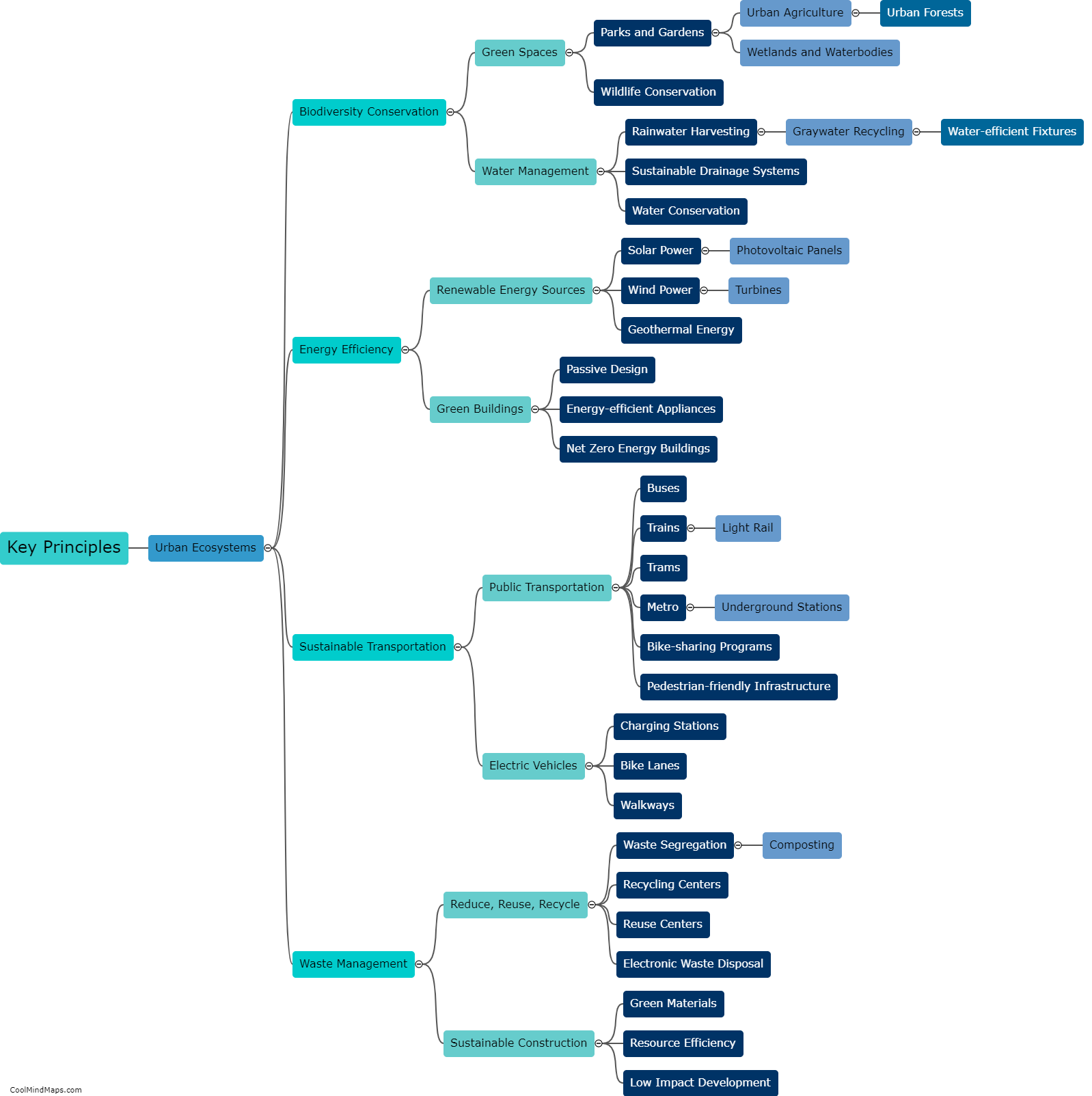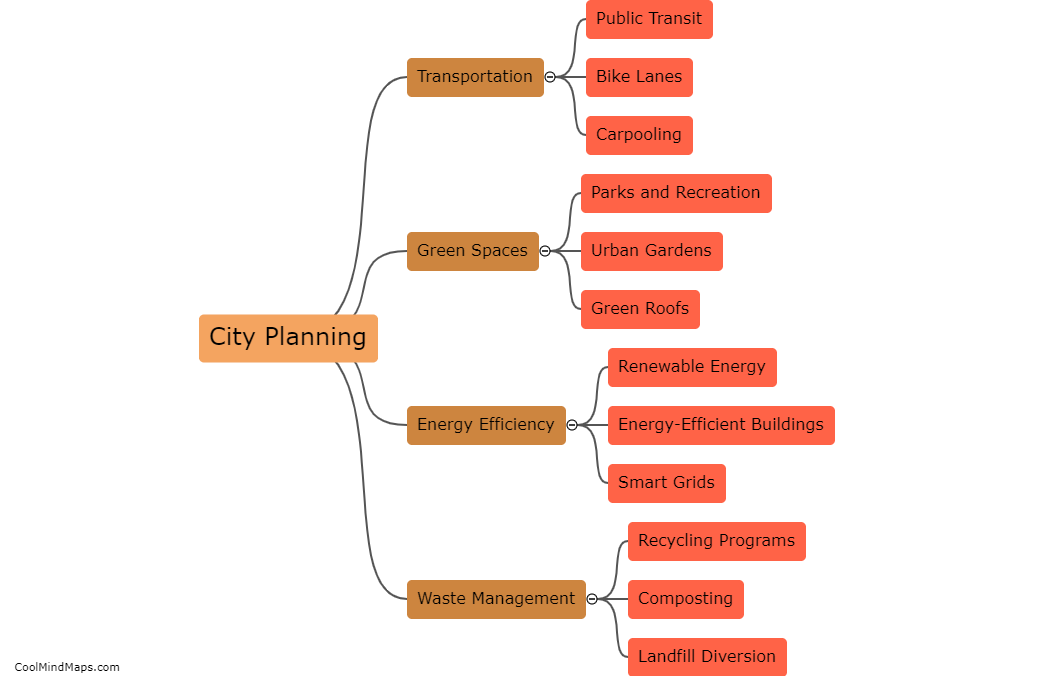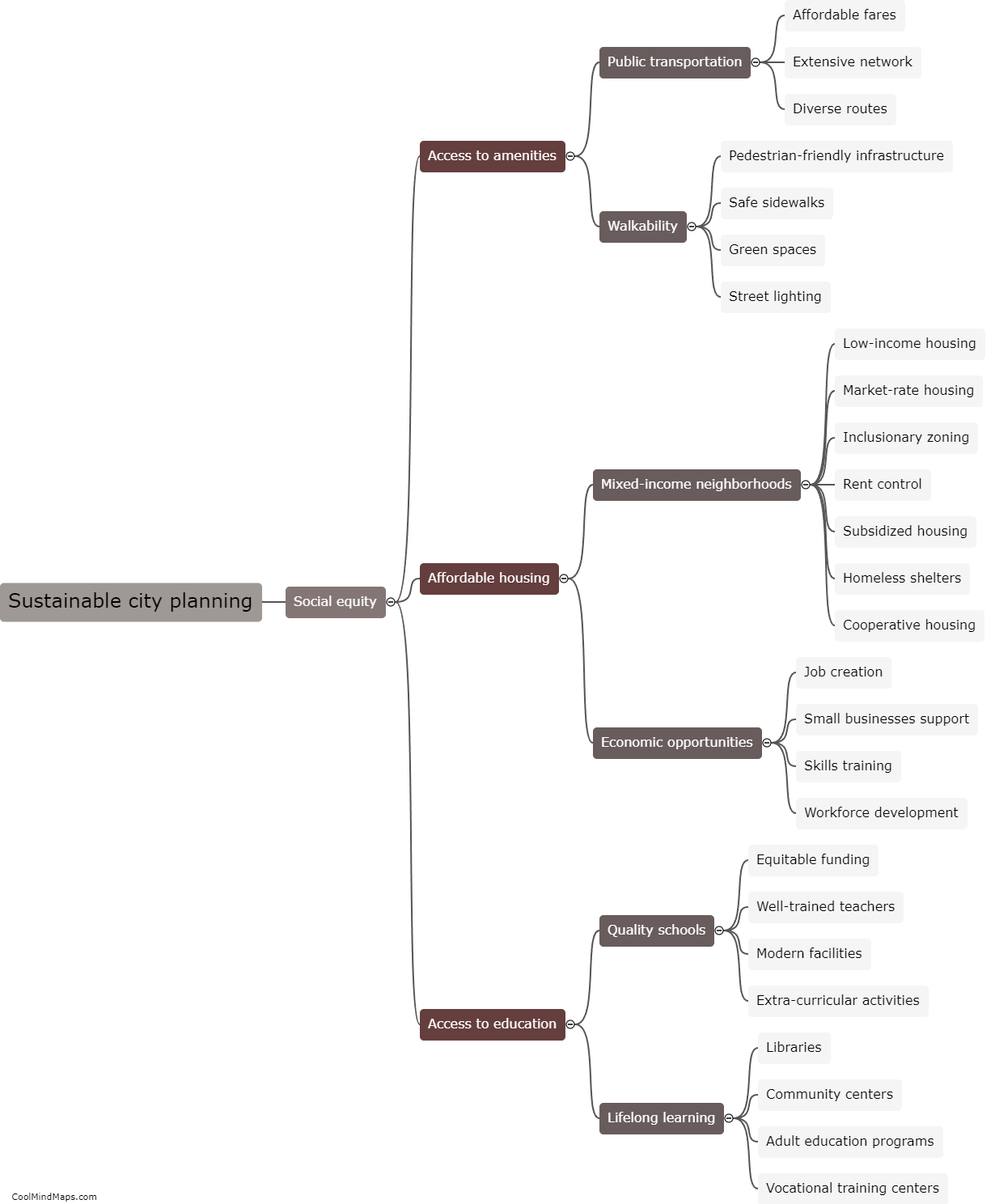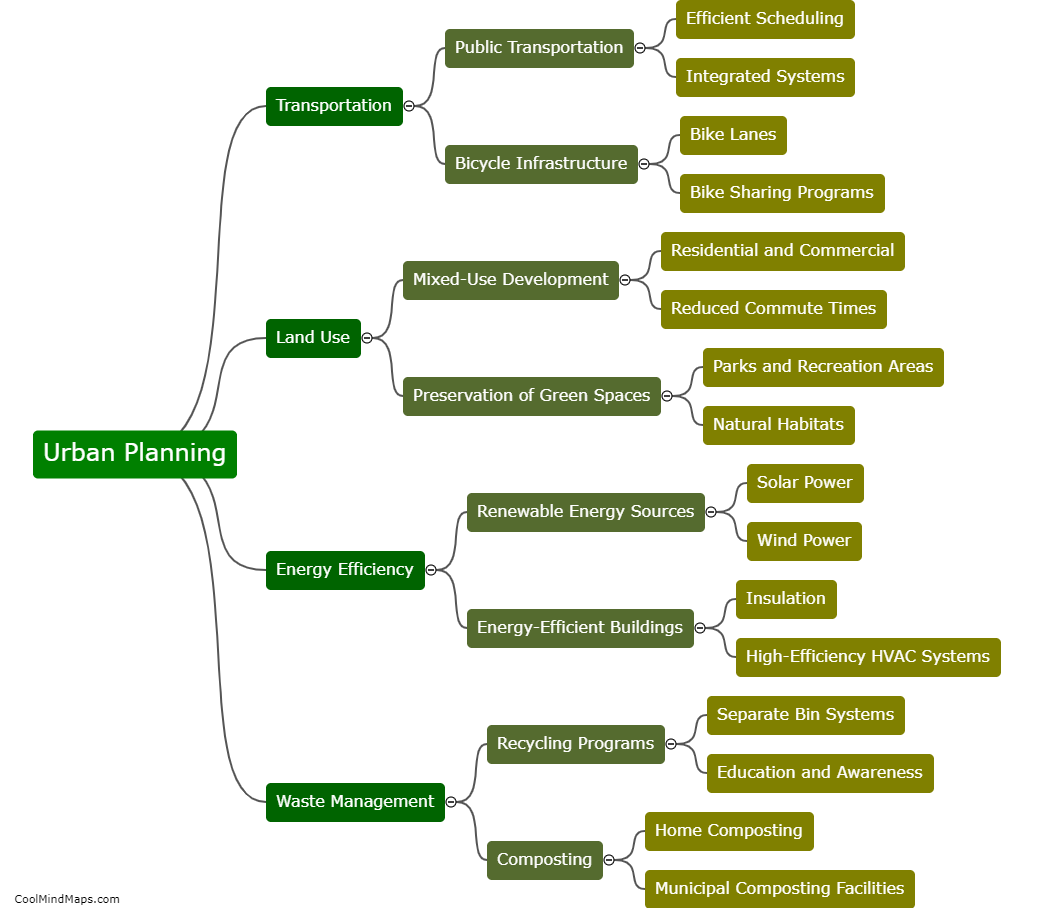What are the key components of urban planning?
Urban planning, a critical aspect of development, encompasses various key components. Firstly, land use planning plays a pivotal role in determining how different parts of a city should be utilized, whether for residential, commercial, or industrial purposes. Transportation planning is another vital component, addressing the design and connectivity of transportation infrastructure, including roads, public transit, and pedestrian pathways. Furthermore, urban planning involves environmental planning, focusing on preserving natural resources, mitigating pollution, and promoting sustainability. Additionally, social planning is essential, emphasizing the creation of inclusive and equitable communities by considering factors such as housing, healthcare, and educational facilities. Finally, economic planning forms a crucial aspect, aiming to stimulate economic growth, attract investments, and foster job opportunities within urban areas. An effective urban planning process incorporates these core components, balancing various needs to create vibrant, sustainable, and livable cities.

This mind map was published on 27 November 2023 and has been viewed 88 times.











